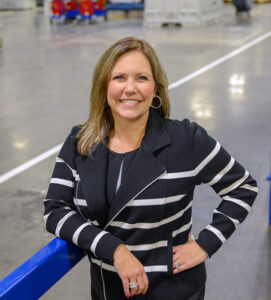
Kathy Miller is a senior manufacturing executive, professional coach, business transformation advisor, and co-author of “Steel Toes and Stilettos: A True Story of Women Manufacturing Leaders and Lean Transformation Success.” Kathy shares the emotional event that fueled her determination, and the value of prosocial behaviors at work. Kathy also talks about the most meaningful metrics: growth and profitability. She reveals how relationships between leaders and their staff can be maintained, and that showing up authentically is as important to your health as it is for the health of the organization.
Key Takeaways
[3:40] Kathy Miller and Shannon Karels co-authored Steel Toes and Stilettos, published in late 2021. The book talks about prosocial behaviors, which are socially accepted actions that benefit other individuals or communities. Kathy explains prosocial behavior as you being able to contribute to something larger than yourself in your current role.
[5:00] Selflessness at work begins with leaders setting the norms in the organization. As leaders display empathy and compassion and connect with employees, employees want to give back. It’s also by taking the workers and connecting them with a larger purpose than the paycheck and benefits, displaying how the work they’re doing connects to the community and makes the world a better place.
[6:29] Kathy recalls campaigns in her organizations that showed how the parts they made helped to feed the world or how the cars they made provided safe transportation for families. The majority of people respond to that very positively. The book includes a lot about leading with examples and cues in the workplace that say what you are doing is meaningful.
[7:14] Peter Drucker wrote that “The purpose of a business is to create a customer.” Workers are here to get and keep customers. Lean manufacturing starts with providing customer value. Whatever the profession, people want to leave the world a better place than they found it, at the end of the day.
[10:15] Taking engineering through a co-op school was a practical way for Kathy to fund her way through college. When she first toured a plant with her father, she was exposed to “whooping and hollering and whistling,” but he told her, “People are people,” and “You’re going to be fine,” so she wasn’t intimidated. She immediately fell in love with the automotive assembly plant. It was challenging for her.
[11:52] When Kathy graduated, the plan shut down, after having been in production for 50 years. It was a significant emotional event, very early in her career. All the men followed the last car down the line, not knowing what would happen with their lives. That was one of the things that fueled Kathy to want to go into leadership and help create businesses that wouldn’t have to experience that.
[13:05] Kathy went into engineering and marketing, but she missed the factory, so she went back into operations.
[13:45] When Kathy was young, she was walking in the factory, in the instrument panel area where most of the women worked, and she thought it would be a “safe” place. Some women called her over to show her a box of chocolates shaped like private parts. Later her supervisor saw she was upset and told her that in manufacturing, she could not wear her heart on her sleeve. She learned never to cry at work!
[17:26] With great challenges come great rewards. Jan recalls a guest who said, “A career is made from hard bosses that are terrible and challenges that are impossible! It’s not made from a nice environment.” He was the HR director for Jack Welch.
[18:26] Kathy suggests two fundamental metrics for success: growth and profitability. Growing with your customers means focusing on them and meeting their needs. And you have to be profitable to pay the bills. There are subordinate metrics you have to address, but profitability and growth are the greatest. If they’re moving in the right direction with momentum, it shows you have an inclusive environment.
[19:49] Whatever metrics you take, boil them down so they are meaningful to the people at their level. You want to drive the right behavior. Any metric can be gamed, so look at an overall business system. Everyone in the organization needs to know how their role contributes to the metrics.
[22:14] The almost universal response to the idea of any transformation is, “We are different, unique, and special and that will not work here!” As a leader of a transformation, you have to be able to articulate a vision of the future that people can relate to because most people have not experienced those levels of performance, and those types of systems and processes.
[23:43] There is the danger of a “Program of the Month” fatigue in organizations from all the initiatives that come along. Break out of being just another initiative. It takes a lot of perseverance and communication, not varying from your stated goal. The “secret sauce” is that people will implement what they help create.
[26:03] It’s impossible to personalize the vision to every individual. People have different motivations. When you are the top leader, you are trying to describe what that vision means for the good of the organization. Kathy relates this to her origin story of watching a plant close and how she doesn’t want that to happen on her watch. Leaders have to show a little vulnerability and how it is personal to them.
[27:11] Kathy explains the formal strategy deployment process where the leader shares the vision for the organization and each leader translates it to be meaningful to their area, cascading down to the level of operators. If you’re doing these things correctly, people will see their lives getting better. They’re less frustrated; you’re supporting them and making their work more manageable or better.
[28:02] The chapters in Kathy’s book are named after shoes: baby shoes, cowboy boots, steel toes, flip-flops, etc. Kathy explains why different shoes are needed for different stages. With the supply chain challenges and workforce shortages, the working world is at a reset. For Kathy, that means we need cowboy boots (Chapter 2). We need to reset the vision for the next era.
[31:24] Kathy tells about her relationship with her co-author, Shannon Karels. Shannon was brought into the team to be a transformation expert. Kathy has seen Shannon grow, contribute, and become highly accomplished. They got to be very close and accomplished things together. Now they talk about how they can model for others the great relationship that they’ve had. It’s the best part of sisterhood!
[34:10] Kathy has some guidelines to share on work friendships. The relationship between Shannon and Kathy has grown over time. Now that they do not work together, it has grown a lot more. At work, Kathy is very conscious about not playing favorites. She has great relationships with everybody on her staff and sometimes those involve very hard conversations. Now, Shannon’s son calls her “Aunt Kathy.”
[36:21] Kathy carefully managed the optics of friendships between herself and her staff. It is lonely at the top. She would only confide in peers at other organizations, not in members of her team. Shannon was a member of Kathy’s staff and was treated fairly and equally with the other staff members. They became so much closer when they wrote a book together as equals.
[38:05] Leaders today should pay attention to showing up for work with authenticity, in Kathy’s view. If you can’t show up authentically, ask yourself “why?” Is this a good fit? It’s not healthy if you can’t show up authentically. It’s not healthy for you, your employees, or the company.
[41:23] Jim promises to tell a funny story of how he came to interview at Ford with two black eyes and a broken nose if listeners will put 10 new reviews on Apple Podcasts by the end of the month!
[43:04] Closing quote: “The only way you survive is you continuously transform into something else. It’s this idea of continuous transformation that makes you an innovation company.” — Ginni Rometty.
Quotable Quotes
“Prosocial behaviors are a component of meaningful work; taking individuals who are providing roles and making sure that they’re connected to the needs of others. It’s just a fancy term for being able to contribute to something… Share on X “What you’re doing is meaningful. You might not be able to see it with that part that you’re assembling but you are connected to a greater purpose.” Share on X “Engineers are people, too, right? We all want to, at the end of the day, make a difference in the world, through our talents and our skills.” Share on X “I immediately fell in love with the automotive assembly plant. I couldn’t believe that every 60 seconds, a functioning vehicle came off the end of that line. And then, after I’d worked there five years, I was even more fascinated… Share on X “I saw very early in my life, the impact of a failed business on the lives of so many people. And so, it really taught me, ‘You have to produce results; you have to be successful; you have to give back and create these strong… Share on X “If you continue to grow with your customers, it means you’re focusing on your customers and their needs and meeting their needs, and other customers are getting attracted to you. And you have to be profitable because you have to… Share on X “Metrics need to be visible, and they need to be meaningful, and they need to be connected to the overall mission.” Share on X “The strategy deployment process [says] ‘These are the levels we need to be a competitive business,’ and then you let the leaders translate that to what that means to their part of the organization, and cascade it … until it gets to… Share on X “Understand, what is the current state? What are the variables, right now, that we have to contend with and how are we going to move all those variables in a positive direction in this post-pandemic era?” Share on X “If you can’t marry the values and actions and behaviors of the company with your own moral compass and show up authentically, it’s probably time to ask yourself some hard questions and maybe find somewhere where you can show up …… Share on X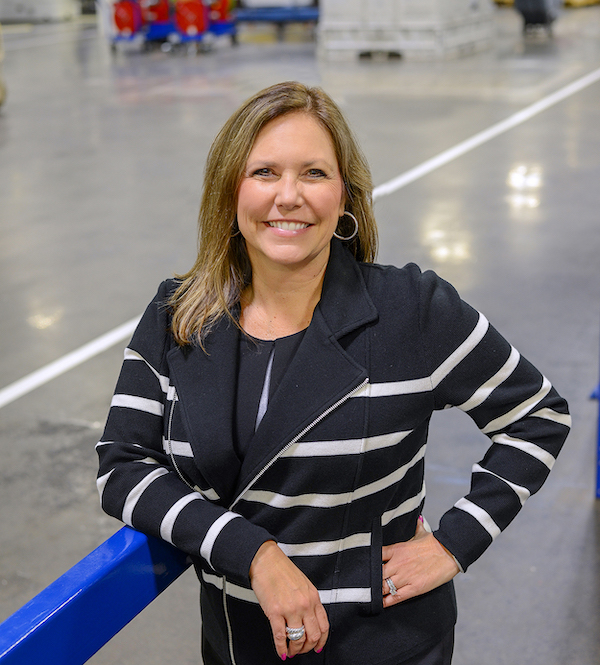
These are the books mentioned in our discussion with Kathy
Resources Mentioned
- Theleadershippodcast.com
- Sponsored by: Darley.com
- Kathy Miller on LinkedIn
- https://opsisters.com
- Shingo Prize
- Prosocial behavior
- Peter Drucker
- Lean Manufacturing
- Systems thinking
- Design thinking
- Bridgeport milling machine
- Jack Welch
- John Wooden
- EOS
- Digital transformation
- Ford
- Corporate Competitor Podcast, with Don Yaeger
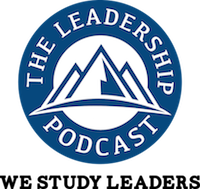

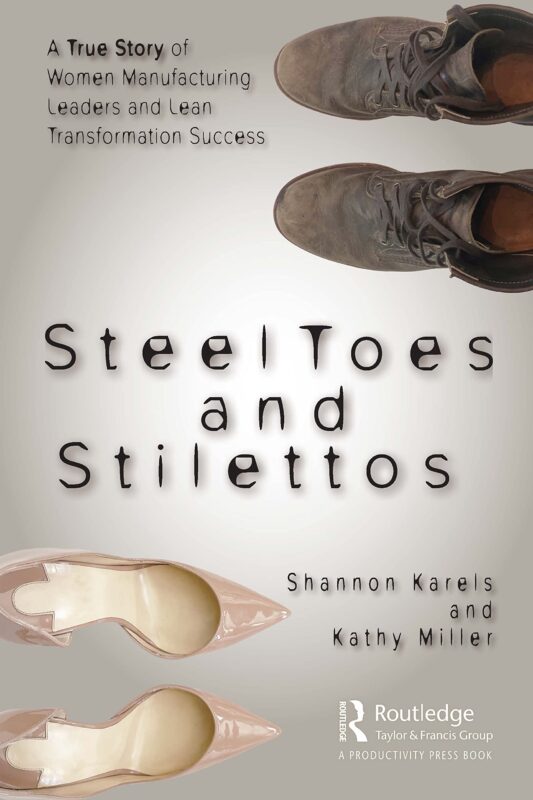

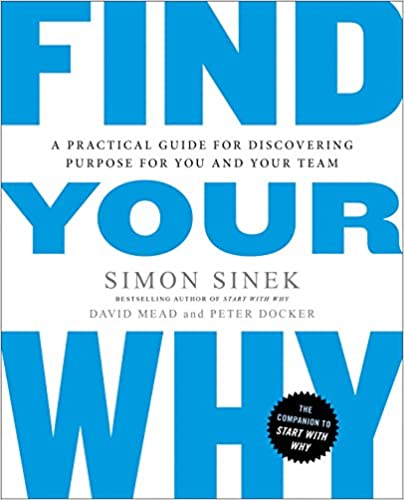
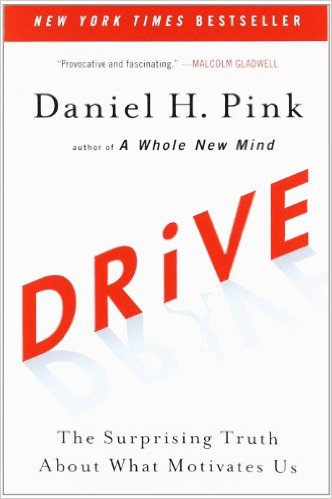
Recent Comments